Meteorite craters are some of the most incredible remnants of cosmic events from millions of years ago. These giant impacts left marks on our planet that still captivate scientists and travelers alike. Each crater tells a story of colossal force, ancient history, and the unimaginable size of space objects colliding with Earth. The craters we see today hold valuable insights into Earth’s geological past. Here’s a closer look at a few of the most fascinating meteorite craters with deep, ancient origins.
Vredefort Crater, South Africa
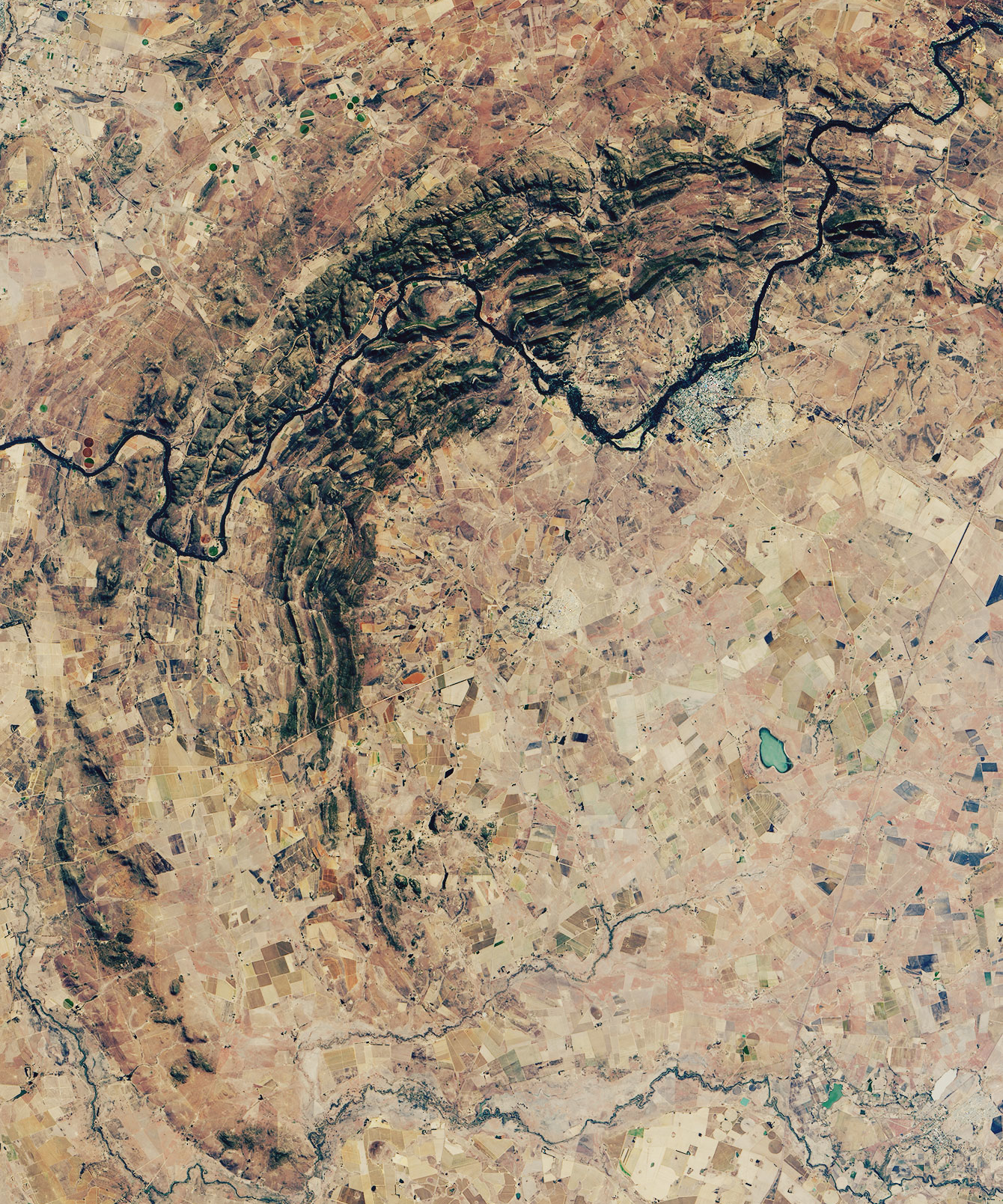
The Vredefort Crater in South Africa is the world’s largest confirmed impact crater, stretching about 300 kilometers across. Formed roughly two billion years ago, this crater was created by a massive asteroid strike, possibly measuring around 10-15 kilometers in diameter. This impact generated an immense amount of energy, reshaping the landscape and altering the Earth’s crust. Located near the town of Vredefort, the crater is a UNESCO World Heritage site due to its geological significance. The ring-like structure left behind is still visible today, with uplifted hills showing the massive force of the collision. Scientists study the Vredefort Crater to understand the early impacts that shaped Earth’s development. Its age and size make it a unique window into the planet’s ancient history.
Sudbury Basin, Canada
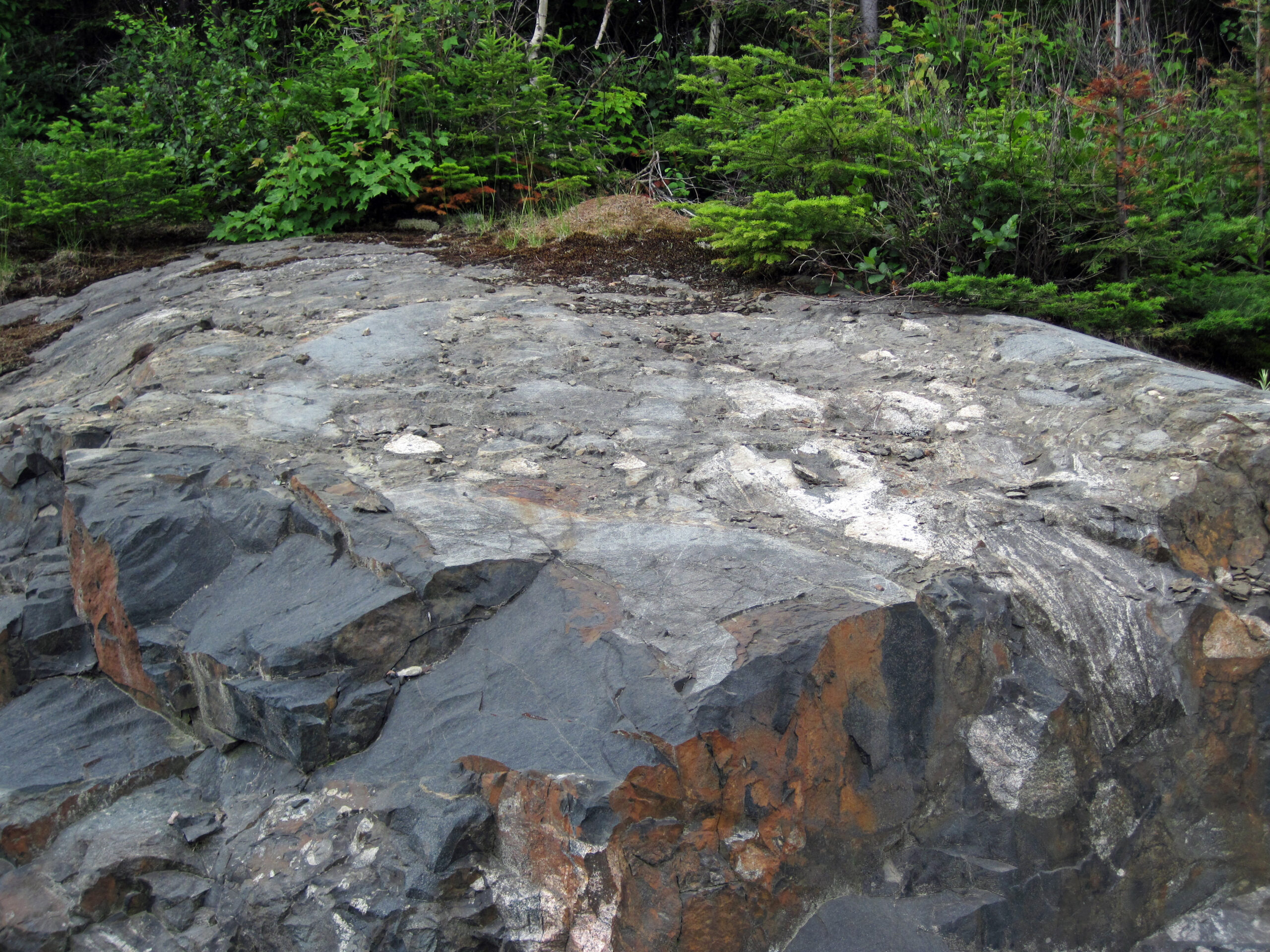
The Sudbury Basin in Ontario, Canada, is one of the oldest and largest known impact craters, dating back about 1.8 billion years. Originally, the basin measured around 250 kilometers wide, although erosion has reduced its visible size over the millennia. A massive meteorite or comet impact created this crater, leaving a basin rich in valuable minerals, including nickel, copper, and platinum. The Sudbury impact was so intense that it melted surrounding rock, forming unique mineral deposits that continue to support one of the world’s richest mining regions. Today, the area is famous for its unique geological formations, attracting researchers interested in its layered structure. This basin is a testament to the sheer power of ancient impacts.
Chicxulub Crater, Mexico
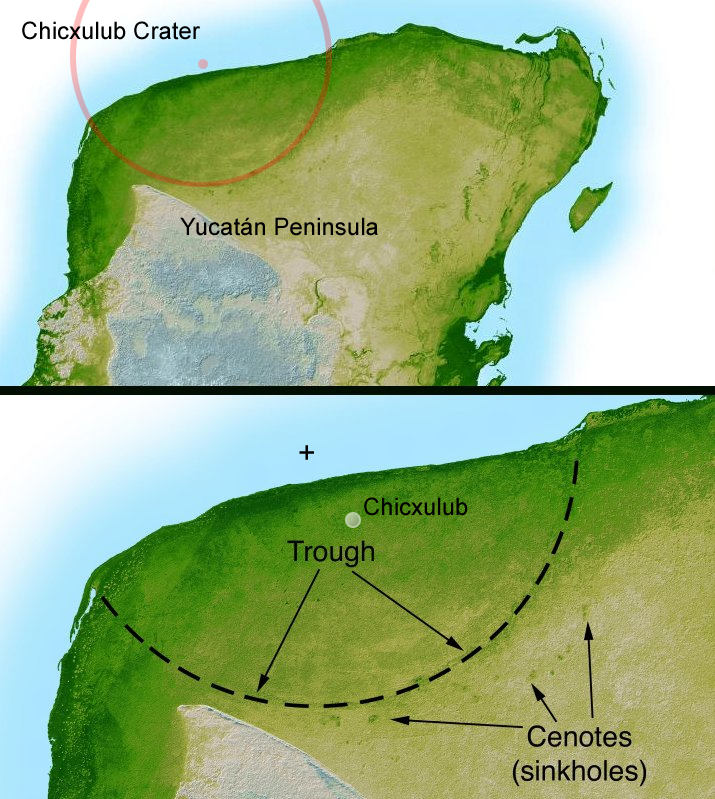
The Chicxulub Crater in Mexico is perhaps the most famous impact site due to its link to the extinction of the dinosaurs around 66 million years ago. Located beneath the Yucatán Peninsula, this crater measures approximately 150 kilometers in diameter and is buried under layers of sediment. Scientists believe the impact triggered massive wildfires, tsunamis, and a “nuclear winter” effect, drastically altering Earth’s climate. The Chicxulub impactor, estimated to be around 10 kilometers wide, left an indelible mark on Earth’s history. Researchers study Chicxulub to understand the catastrophic effects of large impacts and their role in mass extinctions. This site continues to reveal clues about one of Earth’s most dramatic extinction events.
Manicouagan Crater, Canada
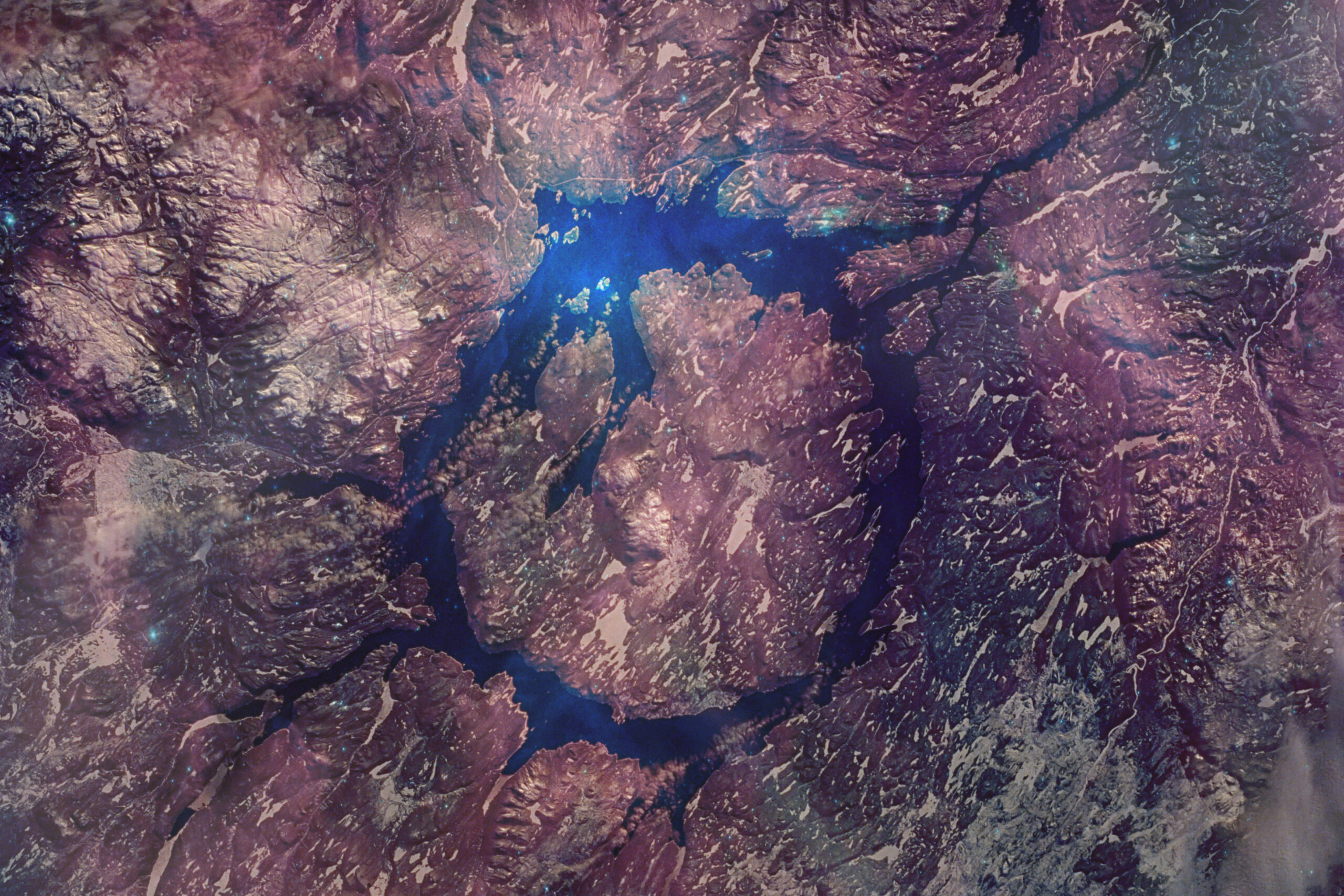
Located in Quebec, Canada, the Manicouagan Crater is a striking circular formation that dates back approximately 214 million years. Known as one of Earth’s best-preserved impact craters, it spans about 100 kilometers in diameter. The crater is now filled by a ring-shaped lake, giving it a distinctive appearance that can be seen from space. Created by an asteroid impact, the collision caused significant changes to the area’s geological structure. The Manicouagan Crater offers scientists a relatively intact example of a massive impact, allowing them to study impact effects on Earth’s crust. Its symmetry and preservation make it a popular site for geological and planetary research.
Popigai Crater, Russia
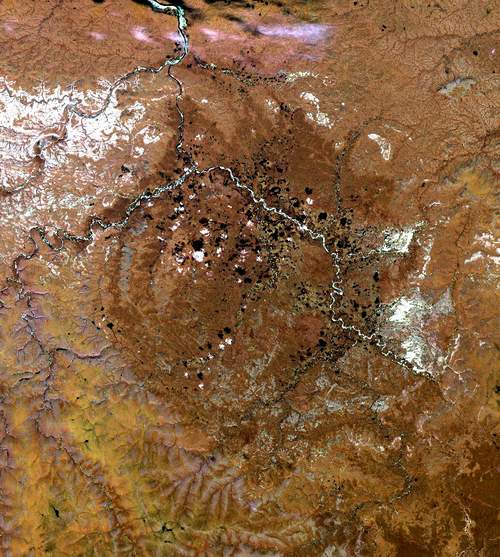
Popigai Crater in Siberia, Russia, formed around 35 million years ago due to an impact with a massive meteorite. Spanning about 100 kilometers, the crater’s intense pressure transformed graphite deposits into large quantities of diamonds, creating a unique geological phenomenon. The Popigai diamonds are of industrial quality and formed due to the immense heat and pressure of the impact. This crater is located in a remote area of Siberia, making access challenging, yet it remains a significant site for understanding impact-related diamond formation. The Popigai impact left a lasting mark on the Siberian landscape and contributed to the region’s unique geological wealth.
Acraman Crater, Australia
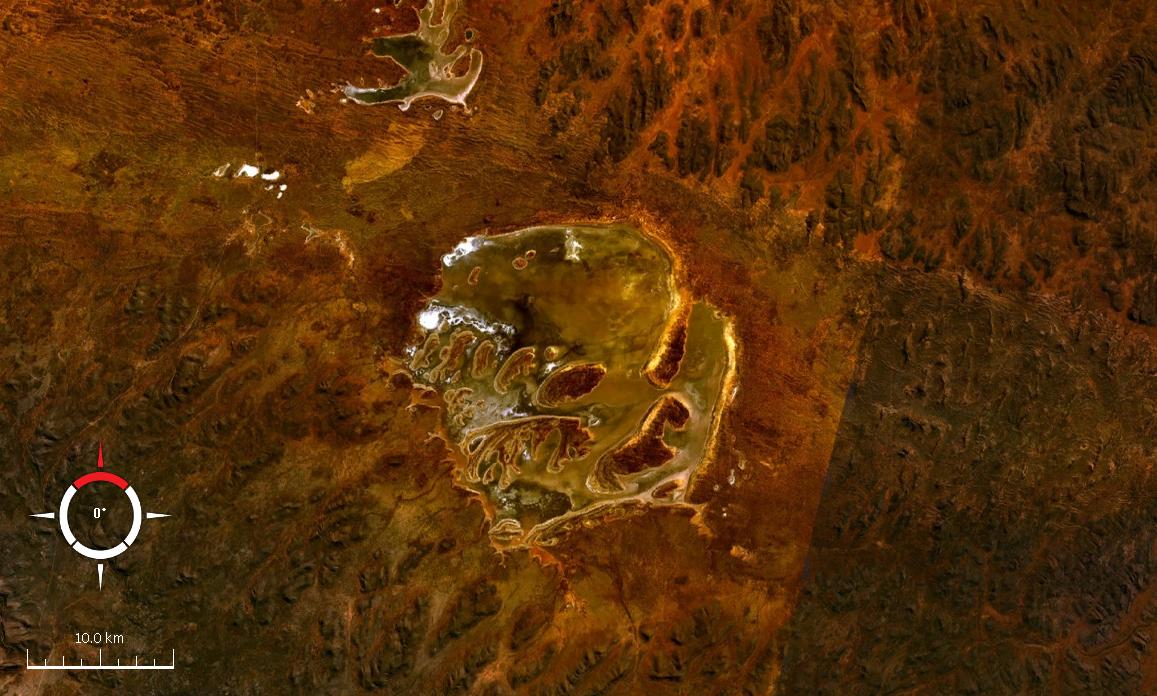
The Acraman Crater, situated in South Australia, is estimated to be around 580 million years old and measures approximately 90 kilometers in diameter. Although much of the crater is eroded, remnants of this ancient impact are visible in Lake Acraman, located in the Gawler Ranges. The asteroid impact is believed to have caused significant biological and environmental changes, possibly influencing early life evolution on Earth. Geological studies of the Acraman Crater have uncovered evidence of impact-related materials dispersed over a vast area. The crater is an important site for researchers studying the effects of impacts on Earth’s biosphere. Its ancient origins and possible link to evolutionary events make it a fascinating location.
Morokweng Crater, South Africa
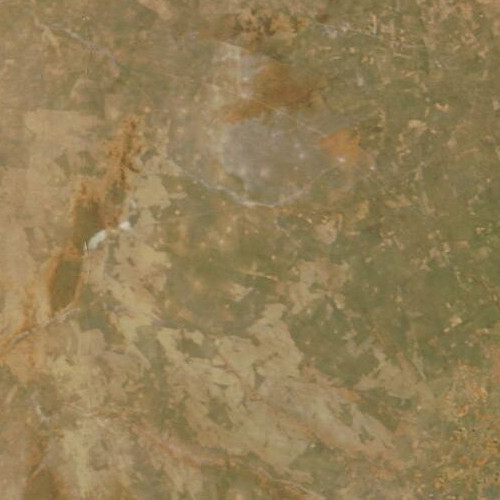
The Morokweng Crater, located beneath the Kalahari Desert in South Africa, dates back about 145 million years. Unlike other craters, much of the Morokweng structure is buried under sediment, with few visible surface features. This crater, estimated to be around 70 kilometers in diameter, was formed by an asteroid impact that scattered metallic fragments across the region. In a rare find, scientists discovered preserved meteorite fragments embedded within the crater, providing unique insights into the impacting body. Morokweng’s hidden nature makes it a challenging but intriguing site for impact research. It continues to provide valuable samples and data about ancient extraterrestrial impacts on Earth.
Kara Crater, Russia
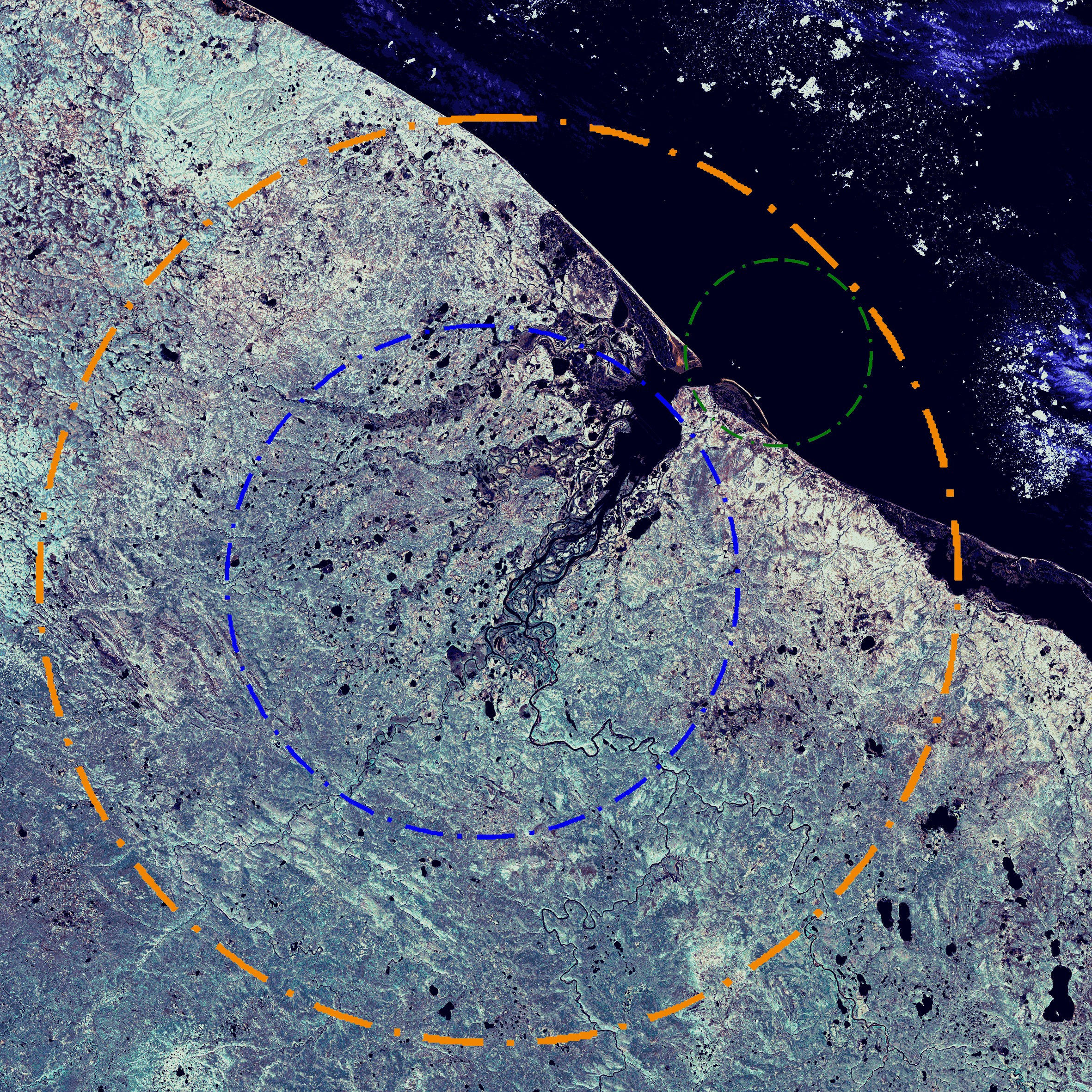
The Kara Crater in Russia is located in the remote Arctic region and is estimated to be around 70 million years old. This ancient impact site stretches over 65 kilometers and is partly submerged under the Kara Sea, making it challenging to study. The crater formed when a massive asteroid collided with Earth, leaving behind a complex geological structure. Over time, erosion and ice coverage have altered the crater’s appearance, yet its outline remains visible in satellite images. Geological samples from Kara have helped scientists understand the conditions of high-energy impacts. This crater is significant for its age and for its unique preservation in such a harsh environment. Kara Crater remains one of the most intriguing impact sites in the Arctic region.
Chesapeake Bay Crater, United States
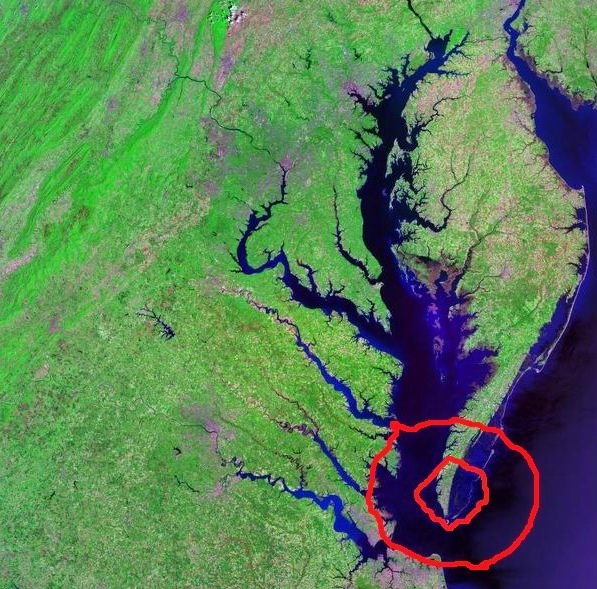
The Chesapeake Bay Crater, located beneath the Chesapeake Bay in the eastern United States, is about 35 million years old. It was formed by a massive meteorite impact that left a crater approximately 85 kilometers wide. This underwater crater was discovered in the 1980s, and scientists believe the impact may have caused significant environmental changes. The impact created a layered structure deep beneath the surface, which scientists can study through drill cores. Chesapeake Bay Crater is unique because of its location in a populated region, providing easy access for research. Its formation altered the surrounding geology, influencing the flow of rivers and the shape of the bay. This crater provides valuable insights into underwater impact events.
Clearwater Lakes, Canada
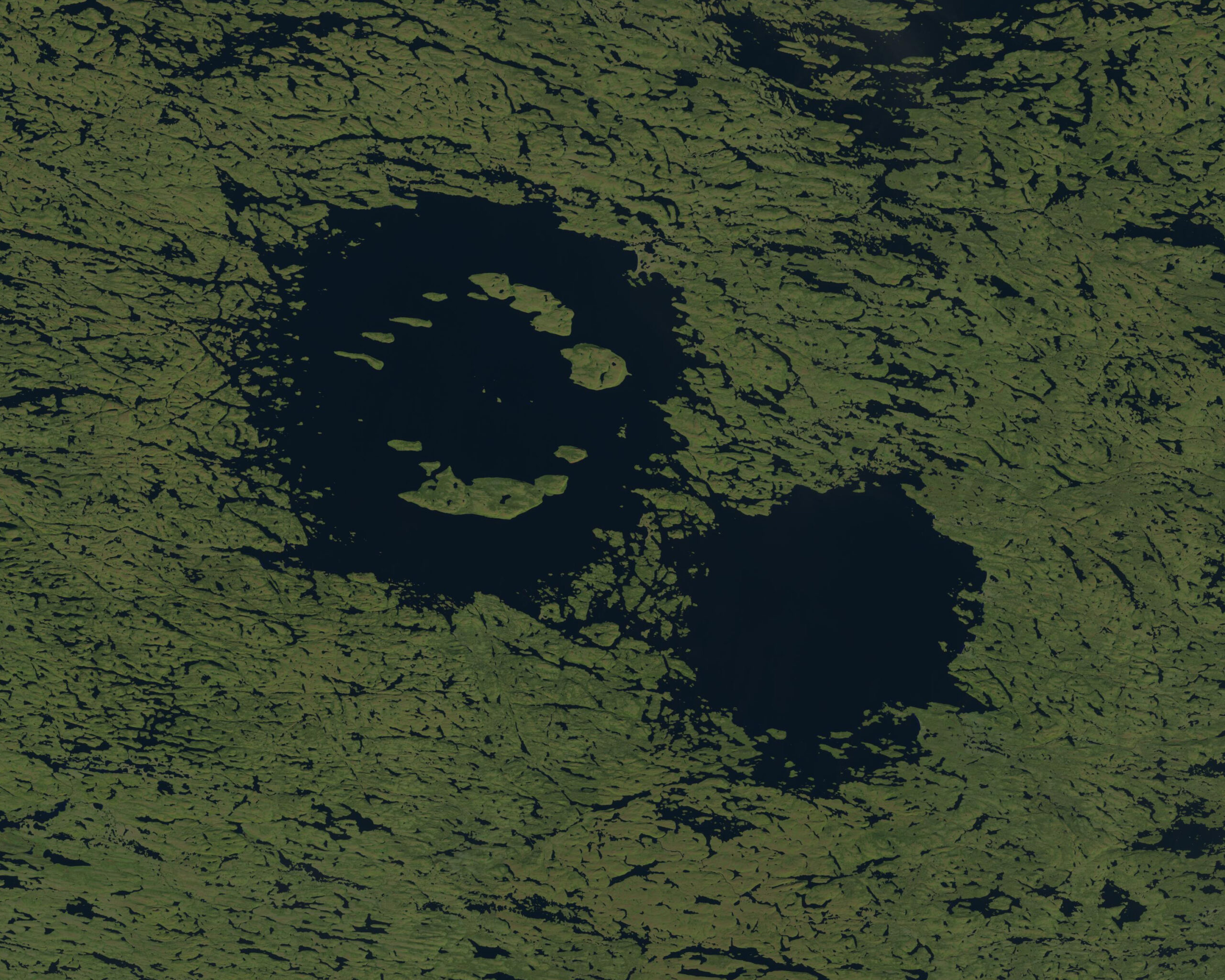
The Clearwater Lakes in Quebec, Canada, are actually a pair of impact craters, created roughly 290 million years ago. These craters are unique for their twin-ring structure, caused by a double impact from two separate meteorites. The lakes, formed within the craters, are nearly identical in size, with one measuring about 26 kilometers and the other 36 kilometers across. These circular lakes are strikingly visible from space, making them a popular study site for impact researchers. The craters have preserved many features of the original impact structure, allowing scientists to examine the effects of large impacts on Earth’s crust. Clearwater Lakes is one of the few places on Earth that clearly shows evidence of a double impact, making it a geologically important site.
Gosses Bluff Crater, Australia
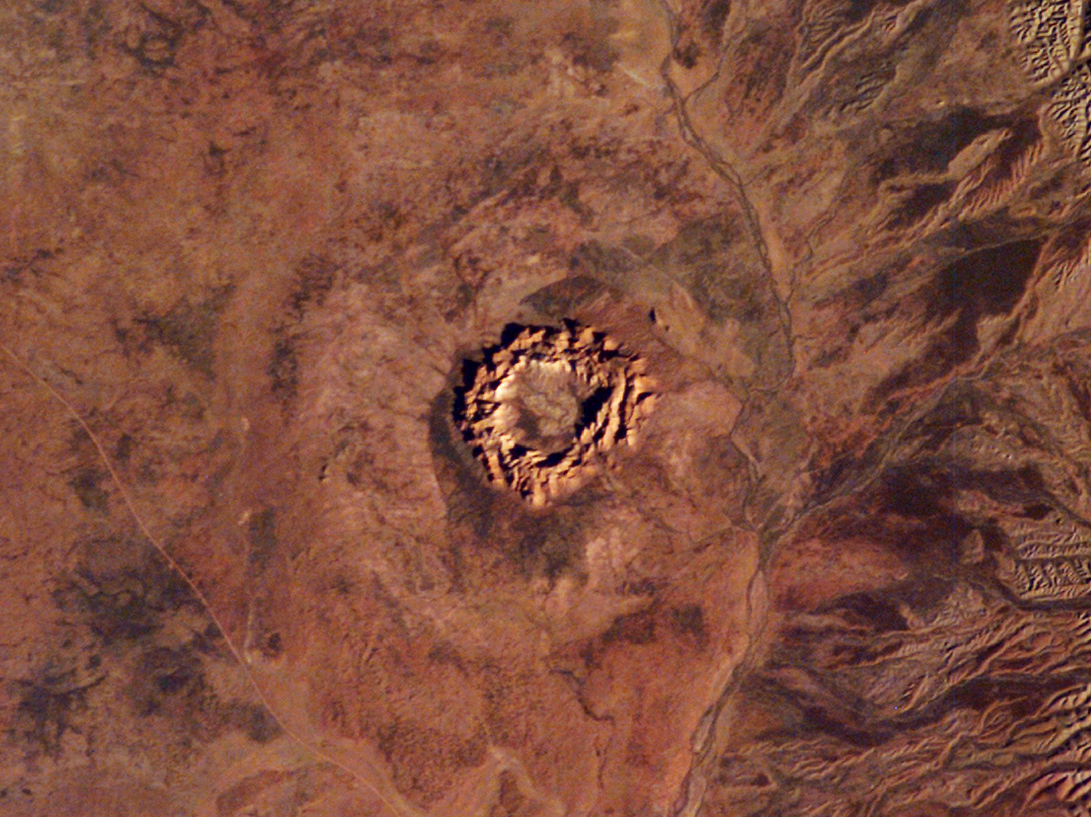
Gosses Bluff Crater in the Northern Territory of Australia is an estimated 142 million years old and spans about 22 kilometers in diameter. This impact crater was formed when a large asteroid collided with Earth, leaving behind a prominent circular formation. Although erosion has worn down the crater’s original shape, the central uplift remains visible as a ring of mountains. The site is considered sacred by local Indigenous communities, who refer to it as Tnorala and have their own interpretations of its formation. Gosses Bluff provides valuable clues to the long-term effects of impact events on terrestrial landscapes. Researchers use the crater to study the structural impact on rocks and minerals. Its dramatic appearance makes it one of Australia’s most striking geological features.
Mistastin Lake Crater, Canada
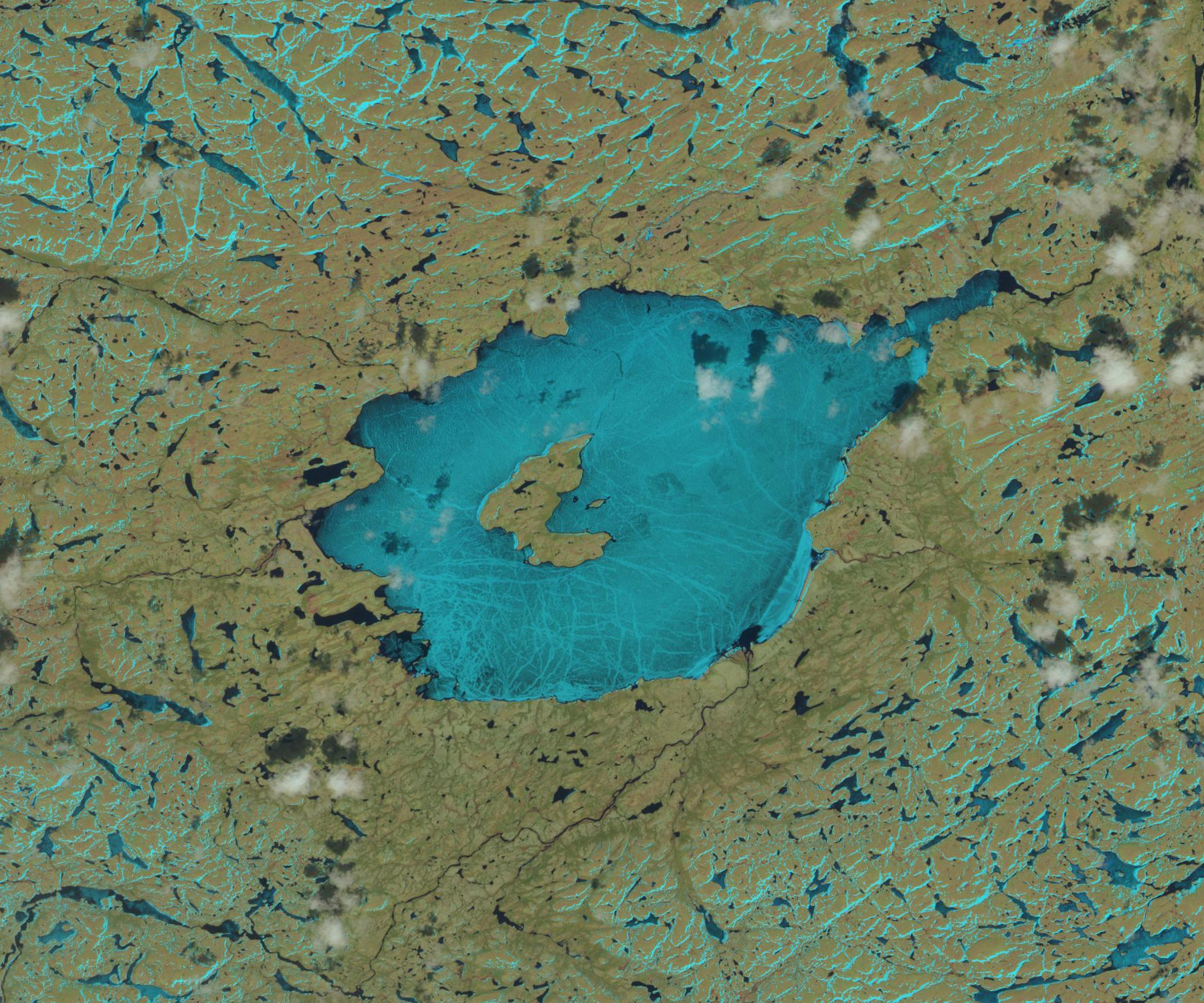
Mistastin Lake Crater, located in Labrador, Canada, is around 38 million years old and measures approximately 28 kilometers in diameter. This ancient crater was formed by a massive meteorite impact, and today, Mistastin Lake fills much of the depression. The crater’s formation created rare rock types, including impactite, which forms under extreme pressure and heat. Scientists study these rocks to understand how impact events influence Earth’s crust. The lake has a unique horseshoe shape due to the collapse of part of the crater wall. Mistastin is often used as a training site for astronauts preparing for lunar missions because of its resemblance to moon-like terrain. This site offers a glimpse into both the past and the potential for future planetary exploration.
Siljan Ring, Sweden
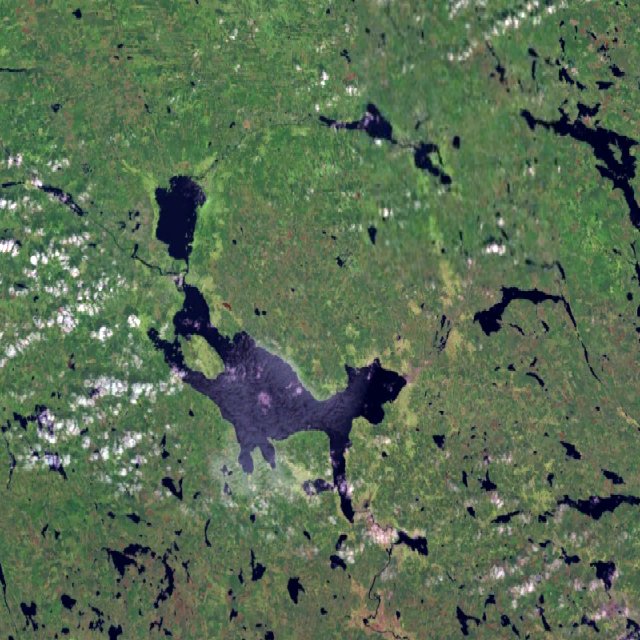
The Siljan Ring in Sweden is one of Europe’s largest impact structures, dating back about 377 million years. This ancient crater spans roughly 52 kilometers in diameter and is located in the Dalarna region. The impact that created the Siljan Ring was so intense that it fractured the surrounding rock, creating a unique geological formation. Over millions of years, erosion and glacial activity reshaped the structure, leaving behind a ring-shaped lake. Siljan is known for its valuable mineral deposits, which formed due to the heat and pressure of the impact. The crater is a popular destination for both scientists and tourists, offering a rare look at an ancient impact site. Its distinct shape and historical significance make it a geological wonder in Scandinavia.
This article originally appeared on Rarest.org.
More from Rarest.org
10 Largest Airports in the World
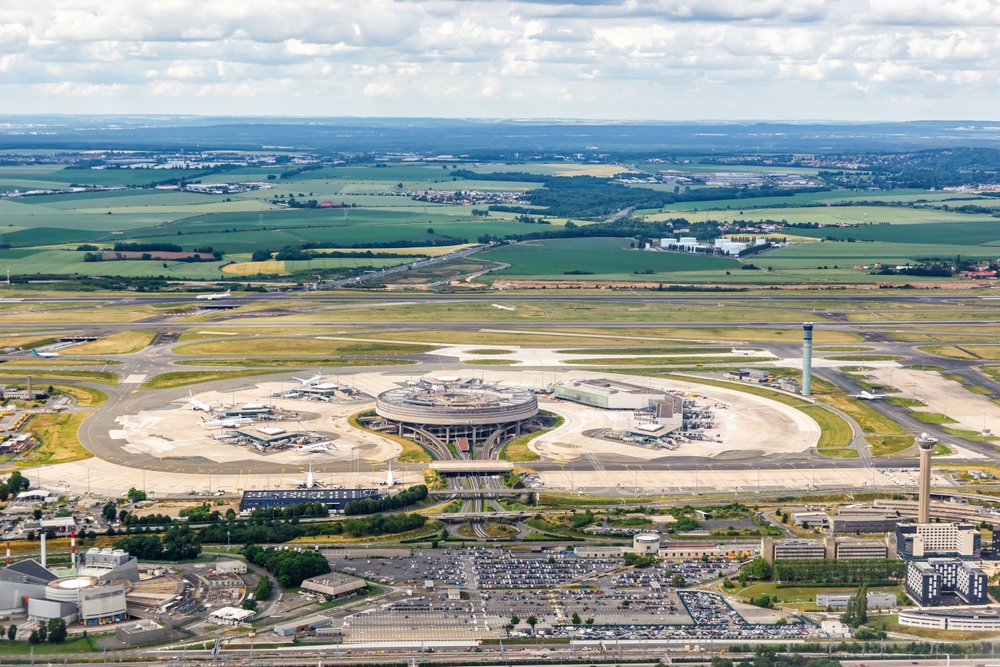
Airports are critical hubs in the global transportation network, facilitating the movement of millions of passengers each year. Read More.
10 Largest Land Mammals Ever
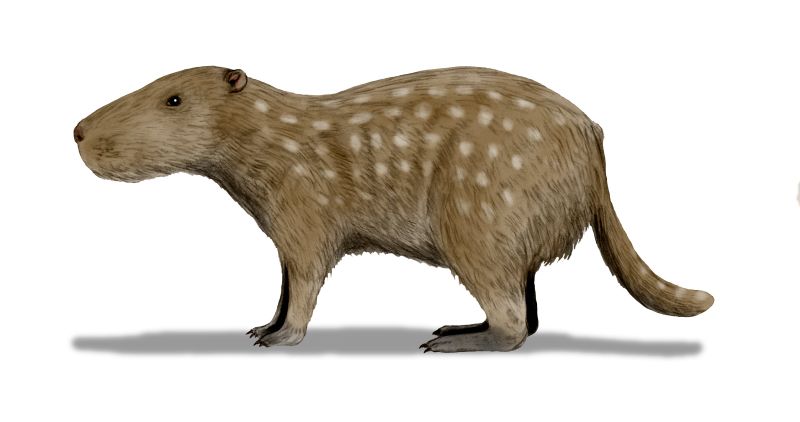
Throughout history, Earth has been home to some truly enormous land mammals, many of which dwarfed even the largest animals we see today. Read More.
13 Migrating Mammals That Cross International Borders Every Year
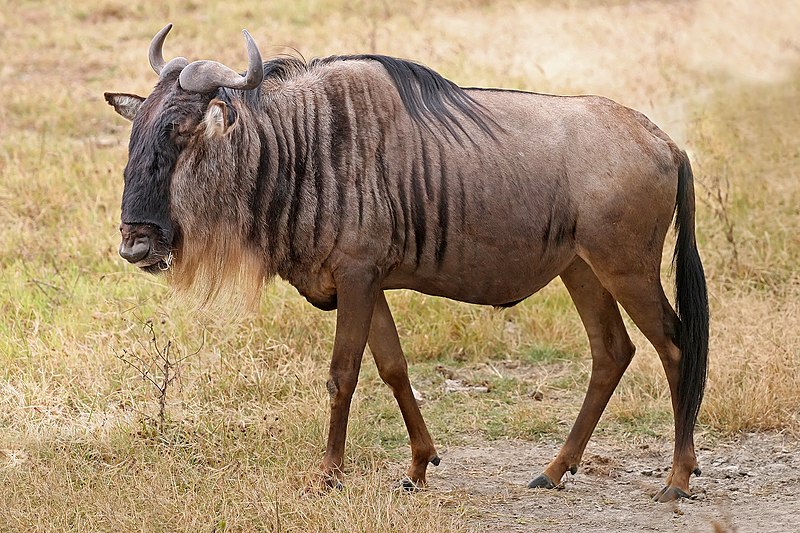
Every year, countless mammals embark on long and often perilous journeys across international borders in search of food, breeding grounds, or more favorable climates. Read More.
